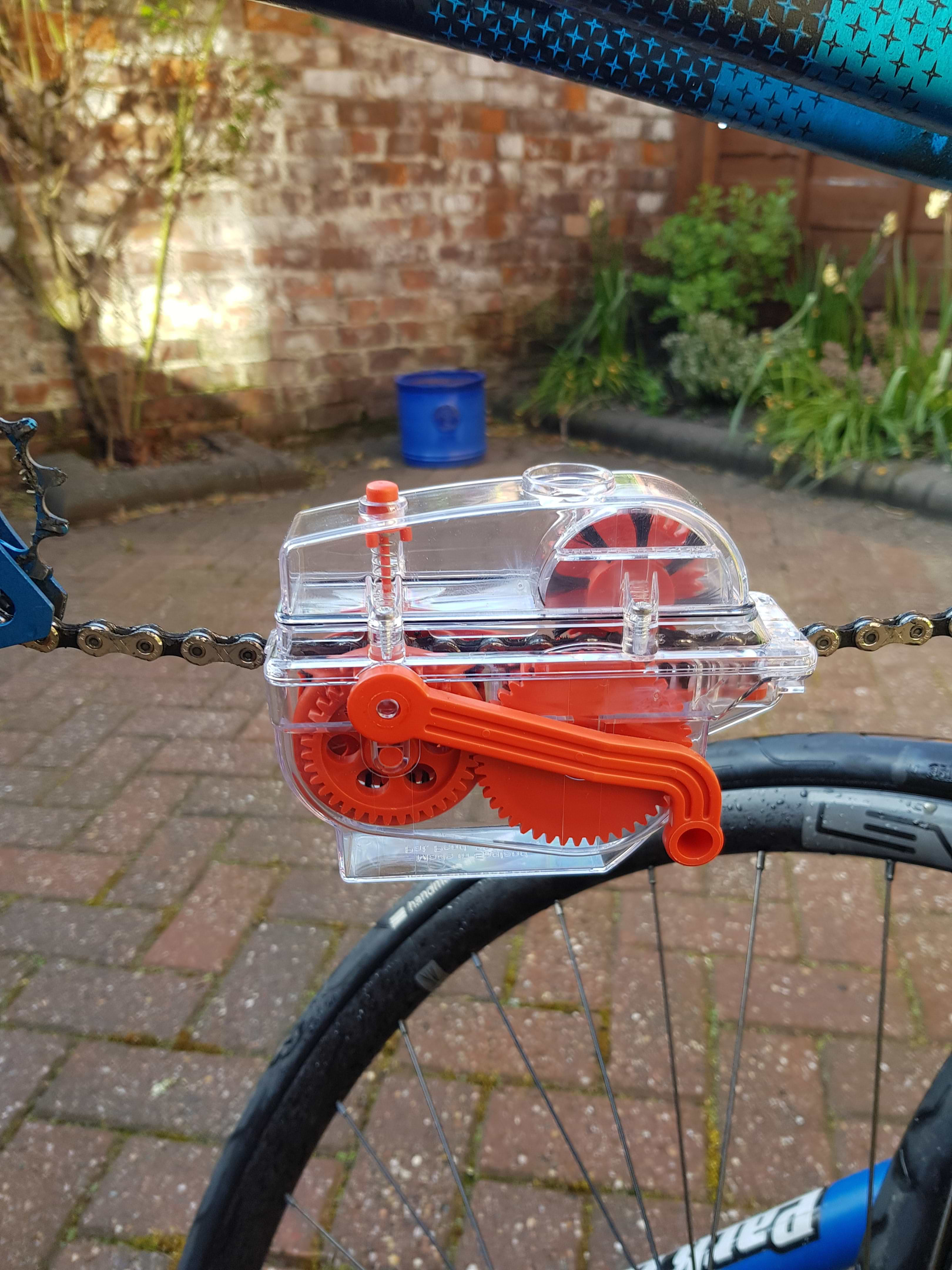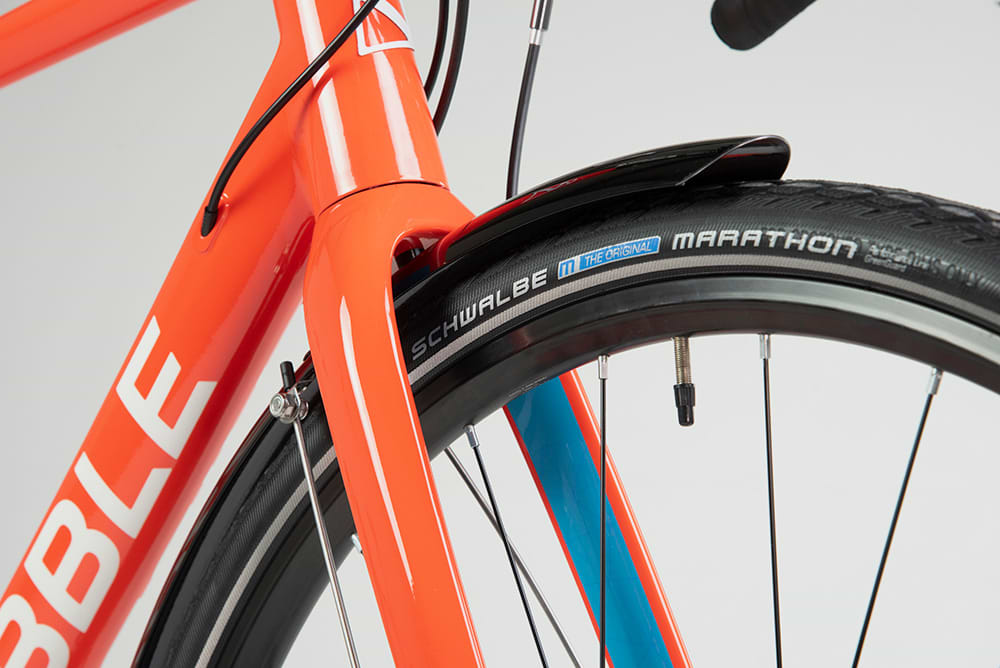
The Dos and Don'ts of Winter Cycling
Let's face it: cycling through winter can be a pretty miserable experience for riders and bikes alike. It's cold, wet, dark and more often than not, you finish a ride spattered with road dirt and grime, which seems all but impervious to the most steadfast of laundry detergents. But it's not all doom and gloom. There are those crisp mornings to enjoy, where the air is perfectly still and the fields are lightly dusted with delicate crystals of frost that glisten under the light of the newly risen sun. These are the days that make winter rides so worthwhile. It also makes a refreshing change of scenery from the turbo, plus you get to have a long overdue catch-up with your clubmates.
Here is our list of the dos and don'ts, and the steps you can take to improve your winter riding experience. Whilst also keeping both you and the bike in peak condition inpreparation for the rebirth of long-awaited cycling season.
The Dos of Winter Cycling
Clean Your Bike Little & Often
Wintry roads are littered with dirt, grime and sometimes, courtesy of those big Yellow trucks - road salt. If you venture out for a ride after the gritter has deposited its nightly load, it's highly advisable to wash down the bike immediately post-ride. You can only imagine what damage road salt will do to a drivetrain! Similarly treating your bike to some TLC after any wet ride will prevent components from becoming gunked up and working inefficiently.
Above Images: A chain bath filled with degreaser is one of the easiest and most efficient methods for degunking your chain.
Fit Mudguards
Mudguards are the perfect tool for protecting you and your bike from the worst of the road spray and grime. If your bike has the appropriate mudguard eyelets you can fit a set of full-coverage guards. Or, in the absence of these, you can fit a set of clip-on guards which still offer effective protection. Just bear in mind that mudguards are available in various diameters, so you should buy the correct version for your tyre width.
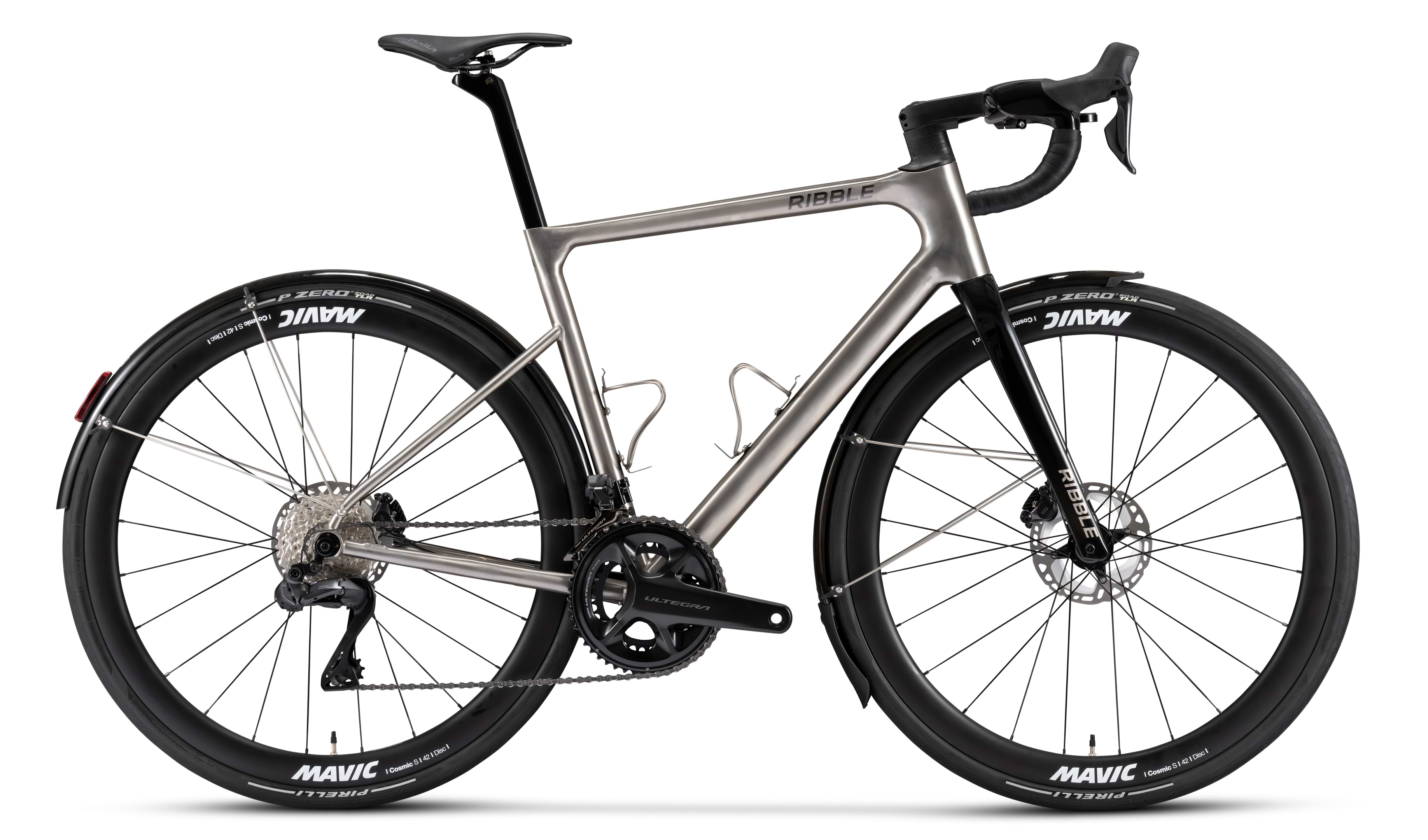
Above Image: Almost every bike in the Ribble range is designed with all-season riding in mind. Just like this, the ultimate winter training bike/all-season commuter bike? The Allroad Ti https://www.ribblecycles.co.uk/ribble-allroad-ti/
Fit Winter Tyres
Nobody enjoys being stuck at the roadside, fumbling around to source the cause of your latest puncture with fingers resembling blocks of ice. This includes your poor clubmates who are forced to wait for you. Fitting tyres with improved puncture protection and grip is the order of the day. Look for a tyre with a decent puncture protection belt and good grip levels on damp surfaces.
Fit Lights
Invest in a decent set of bike lights or two for riding in the dark or during those murky, grey days. When shopping for lights, ask yourself the following questions; do I need lights to see by? Or, do I need lights to be seen? For example, if you regularly ride along poorly lit streets or country lanes you will need a front light that is bright enough to spot potential hazards such as potholes. Aim for something with at least 800 lumen+ output, and remember to have it pointing towards the road so as not to dazzle other road users. Some lights even offer a built-in dip feature. However, if you typically limit your rides to well-lit streets, lower-powered LED lights are sufficient. Just remember to fit a backup set just in case your main lights fail for any reason (such as forgetting to charge them, we've never done this... honest👀).
Stick to the Plan
If you have planned to ride three times this week, do it! Don't let a bit of rain or a strong breeze dissuade you from heading out. It's easy to lose motivation in winter, and it's a hell of a lot harder to regain it. Once you're out, you know it will be worth it, and you'll be fighting fit when spring rolls around again.
Stick to Treated Surfaces
Few things unnerve experienced cyclists quite like black ice. To the unwary, the first signs are the inevitable off, followed by you and the bike sliding down the road in perfect unison. If you do decide to brave untreated surfaces (let's face it a lot of us do) try and stick to gritted main roads and flatter routes. If you've ever been met by the sight of cars sliding backwards down a climb, you know its time to cut your losses and head for the warmer climes (true story, and the climb in question was the redoutable Trough of Bowland).
Wear Layers
As you get deeper into a ride, your body generates more heat that can become trapped between insulating layers. Now, if you're wearing a number of thinner layers, this doesn't pose a problem. However, if all you're wearing is a jersey and a big bulky jacket, your options are limited. Your choice is to continue to sweat or remove the jacket and freeze. So, it's much more practical to layer up.
Most experienced cyclists tend to mix base, mid and intermediate layers with gilets, windproof jackets and capes to match the conditions. In this way, you can shed layers as necessary but they are still available if it turns cooler again.
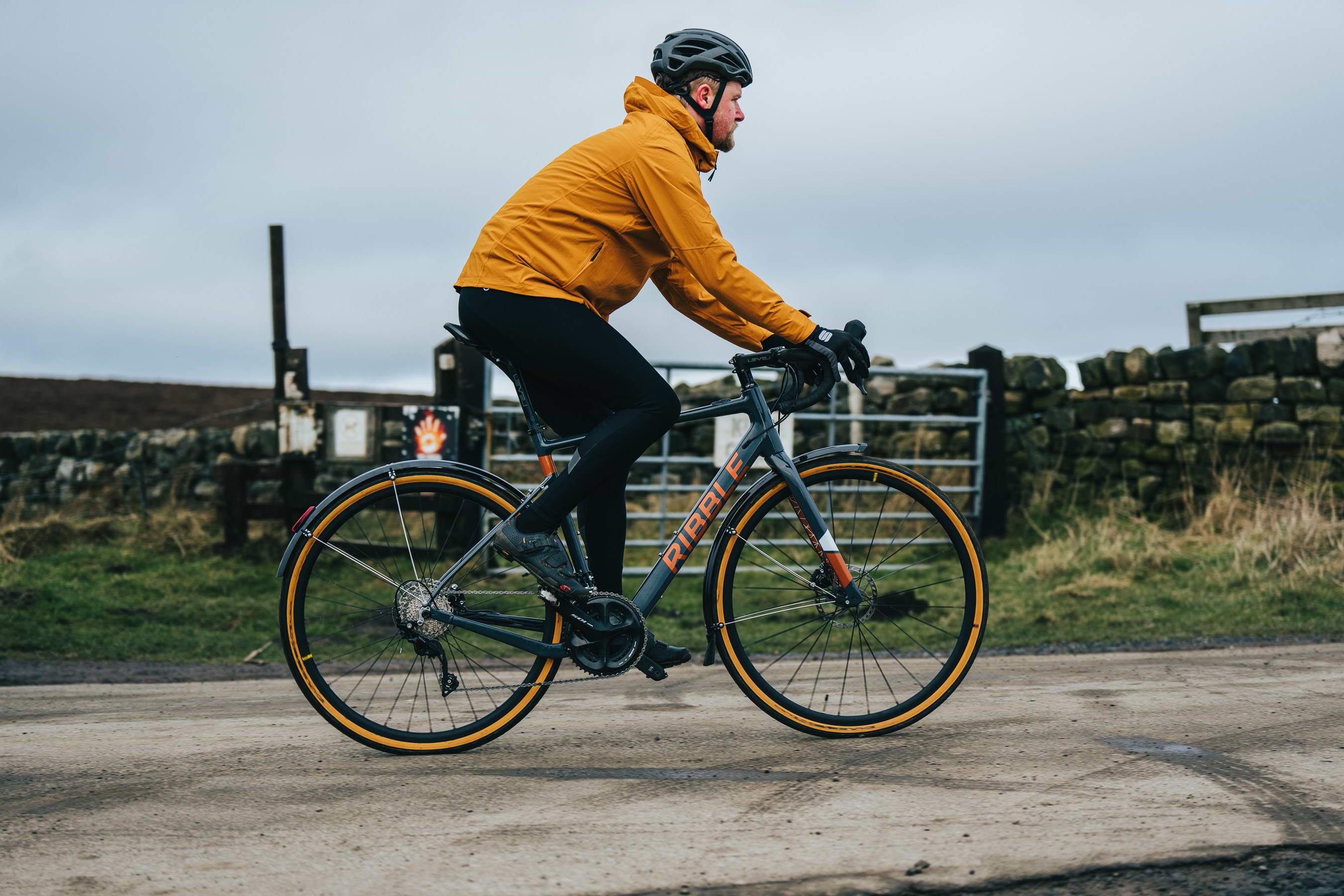
The DON'Ts of Winter Cycling
Don't Store the Bike in a Damp Area
When storing your bike, try not to store it in a garage or shed where it is at the mercy of the cold and damp. If you have to store them in such environments, use moisture-absorbing crystals to counteract the damp. Those little packets of silica gel that you often receive when opening up new items of clothing or footwear are ideal. And you can even buy these online should you need to .
Don't Ride Through Puddles
You never know what's lurking beneath a puddle. Given the state of the majority of roads these days, that innocent-looking puddle is likely to conceal a chuffing great pothole just waiting to swallow up the wheel of some poor unsuspecting cyclist. For the sake of your wheels (and potentially face) try and avoid these where possible.
Don't use a jet wash or hosepipe
A jet wash or hosepipe on jet setting should be avoided at all costs. It's all too easy to wash the protective grease out of areas where its needed most (think bottom bracket and wheel bearings). If you must use such equipment, try to avoid the wheel hubs, bottom bracket and headtube. Even better, don't use one at all and just fall back on the trusty soapy water and sponge combo.
Don't Double Puncture
You know what's worse than a puncture? Two! More often than not during the same ride, especially if you failed to find the foreign object that led to the first. Even the most puncture-resistant tyres can succumb to the dreaded puncture. Especially if the tyre is badly worn. In fairness, it doesn't happen often, and the chances are greatly reduced if you have a good set of boots (tyres). But it's always best to (as the scouts would say) be prepared. Pack two or more tubes for any long winter ride. If you only have room for one, take some puncture repair patches as well.
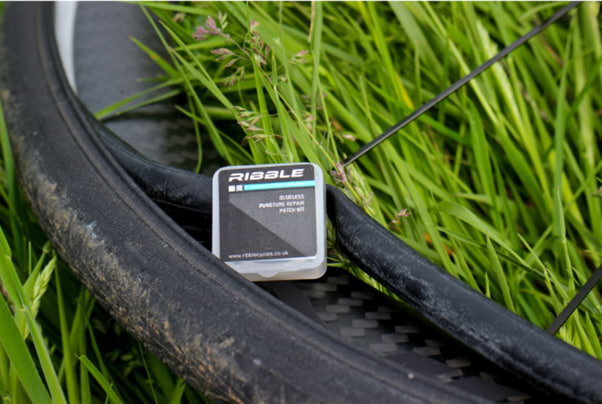
Above Image: Glueless repair patches are an excellent fall-back option, particularly if you're unlucky enough to have already punctured your spare.
Don't Be Afraid To Go Crazy With The Lube
Road dirt and grime are hard on components and can affect drivetrain efficiency. It also causes the premature wear of your bike's components. Once you've given the bike a wash down, don't be shy with the lube. Treat any moving parts to a liberal splash of lube. You can even squirt some down the cables from time to time to ensure they don't get clogged up.
However, beware of spraying lube anywhere near disc brakes! If you contaminate the pads with lube, you will experience the full force of the dreaded disc brake squeal. The only cure for this is to remove the pads/rotors and sand them down. But even this may not be enough, and you may be forced to replace the pads and/or disc rotors completely. Always use a specialist chain lube on the chain and match it to the weather conditions.
Don't Neglect Your Extremities
When cycling in winter, your fingers and toes are extremely susceptible to the cold. The feeling of numb fingers and toes whilst riding your bike can be extremely unpleasant, and that's not including that special pain of normal blood flow returning to your fingers and toes when you finally heat up.
Investing in some decent overshoes and gloves is absolutey essential for winter riding. If, however, the thermometer drops to freezing or below, more than one pair of gloves may be required. For example, when the 'Beast from the East' struck in February 2018, it was not unusual to see Ribble staffers wearing three pairs of gloves (liners, mid and outer). In cooler conditions, liner gloves are your friend, as are a pair of warm socks or two underneath your overshoes.

Above Image: Overshoes and a good set of gloves help to keep the fingers and tootsies warm when cycling in winter cycling
There are certain cycling essentials that you should never leave home without. To avoid being caught out whilst on your ride, you can these listed here.
Do you own a Ribble bike that you wish to ride through winter? Read our blog on how to convert it to improve cycling in winter.
Tags
- | guides
- | winter cycling
- | winter bikes
- | winter training
- | how-to
